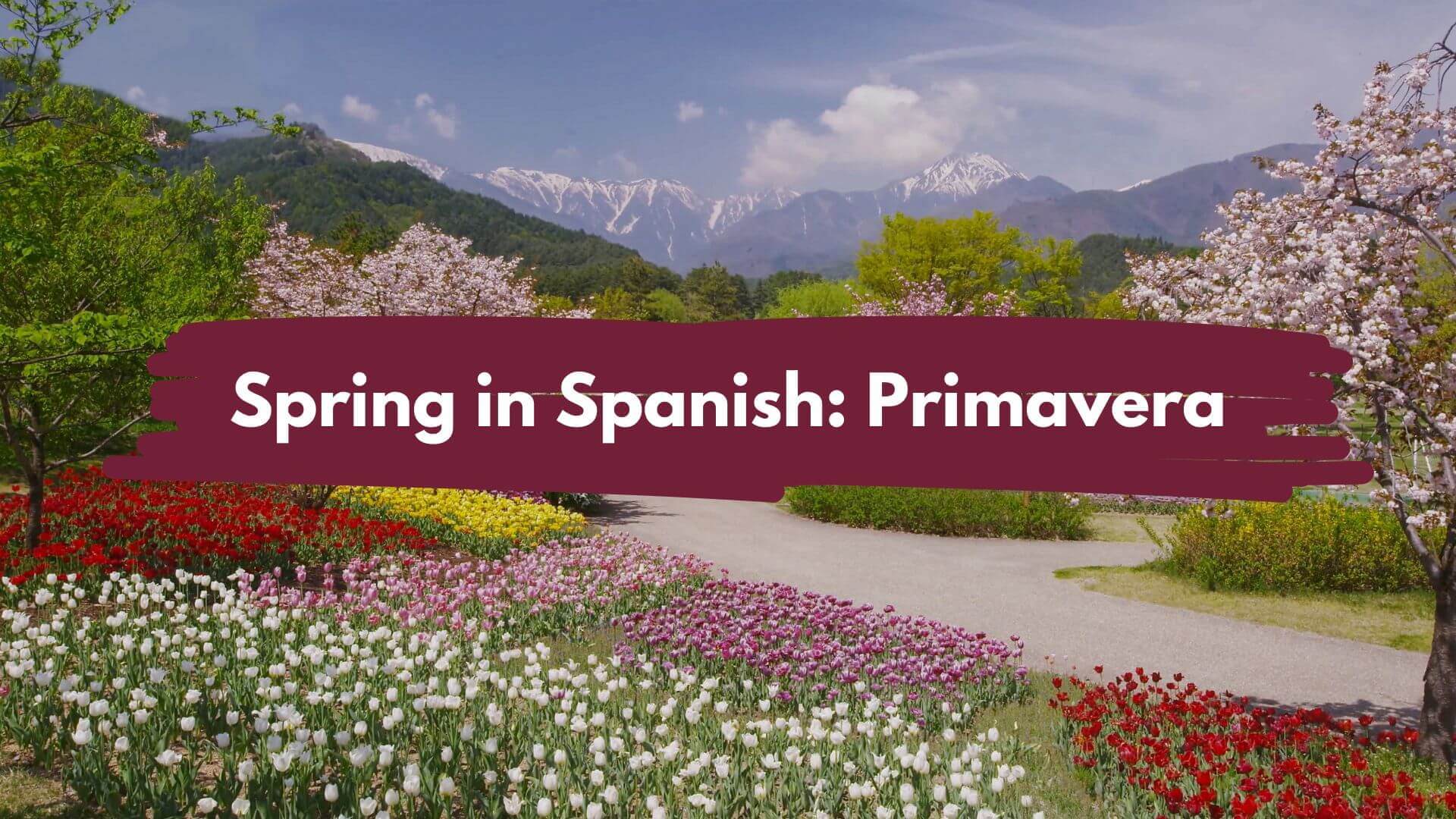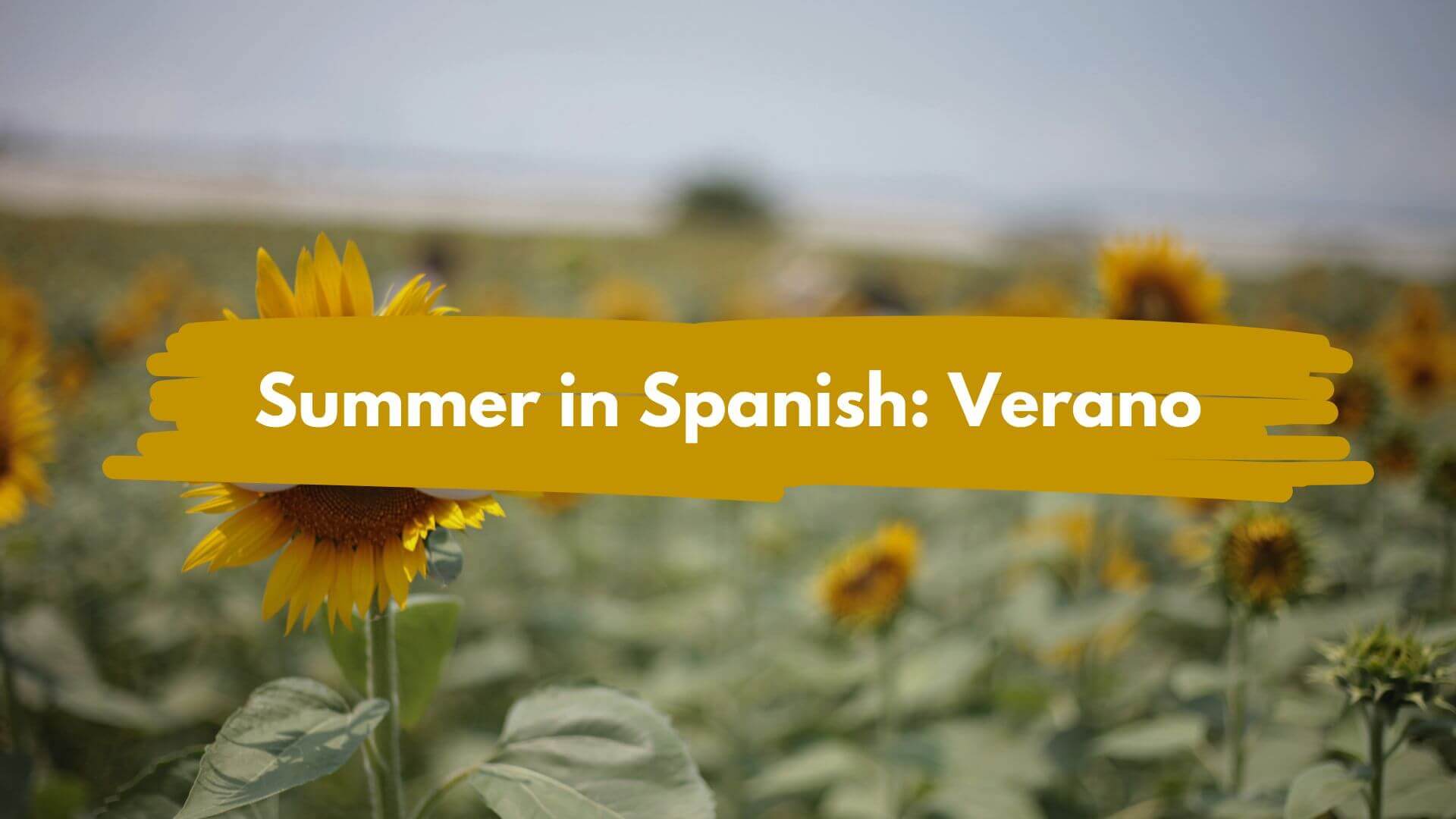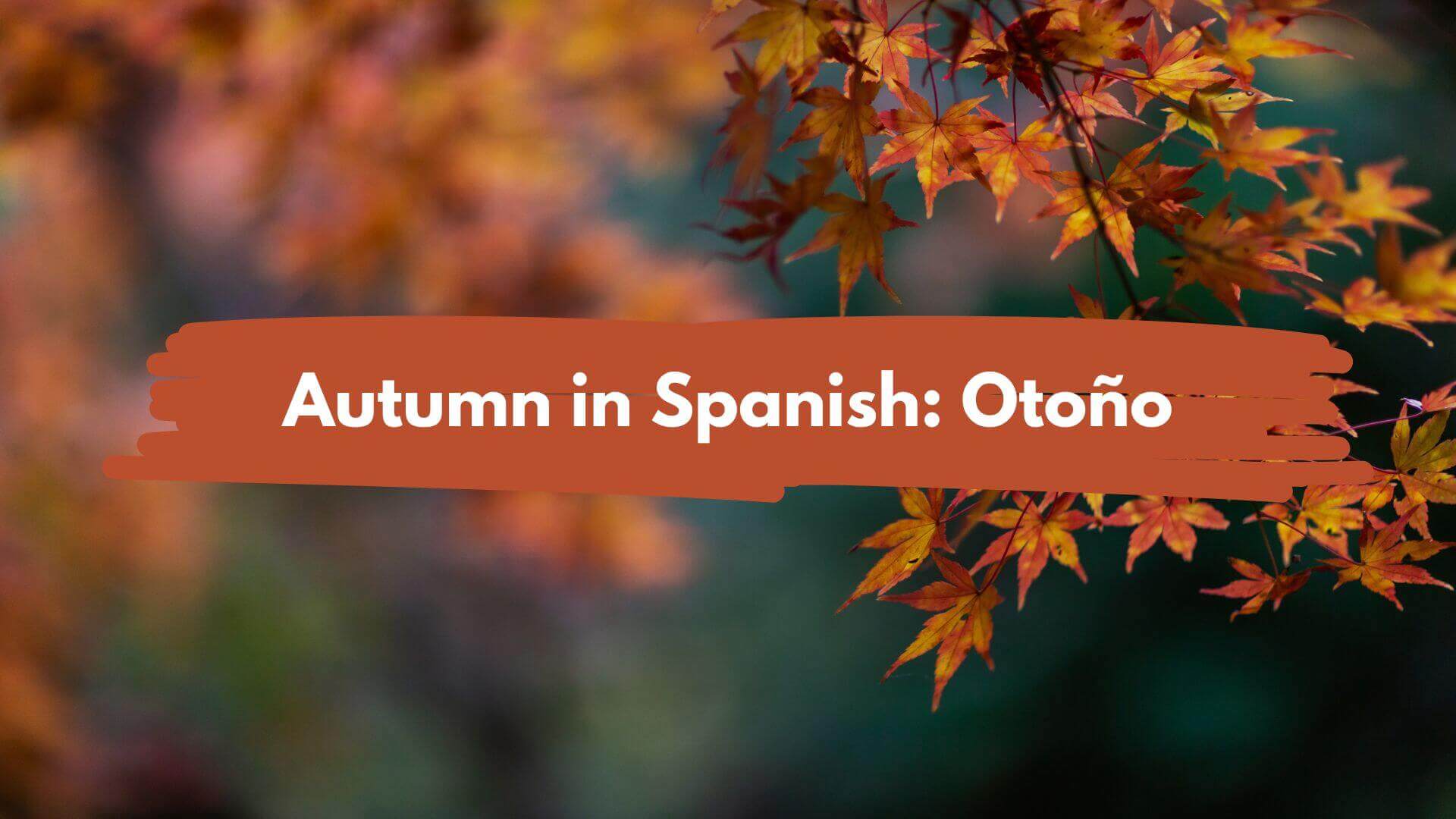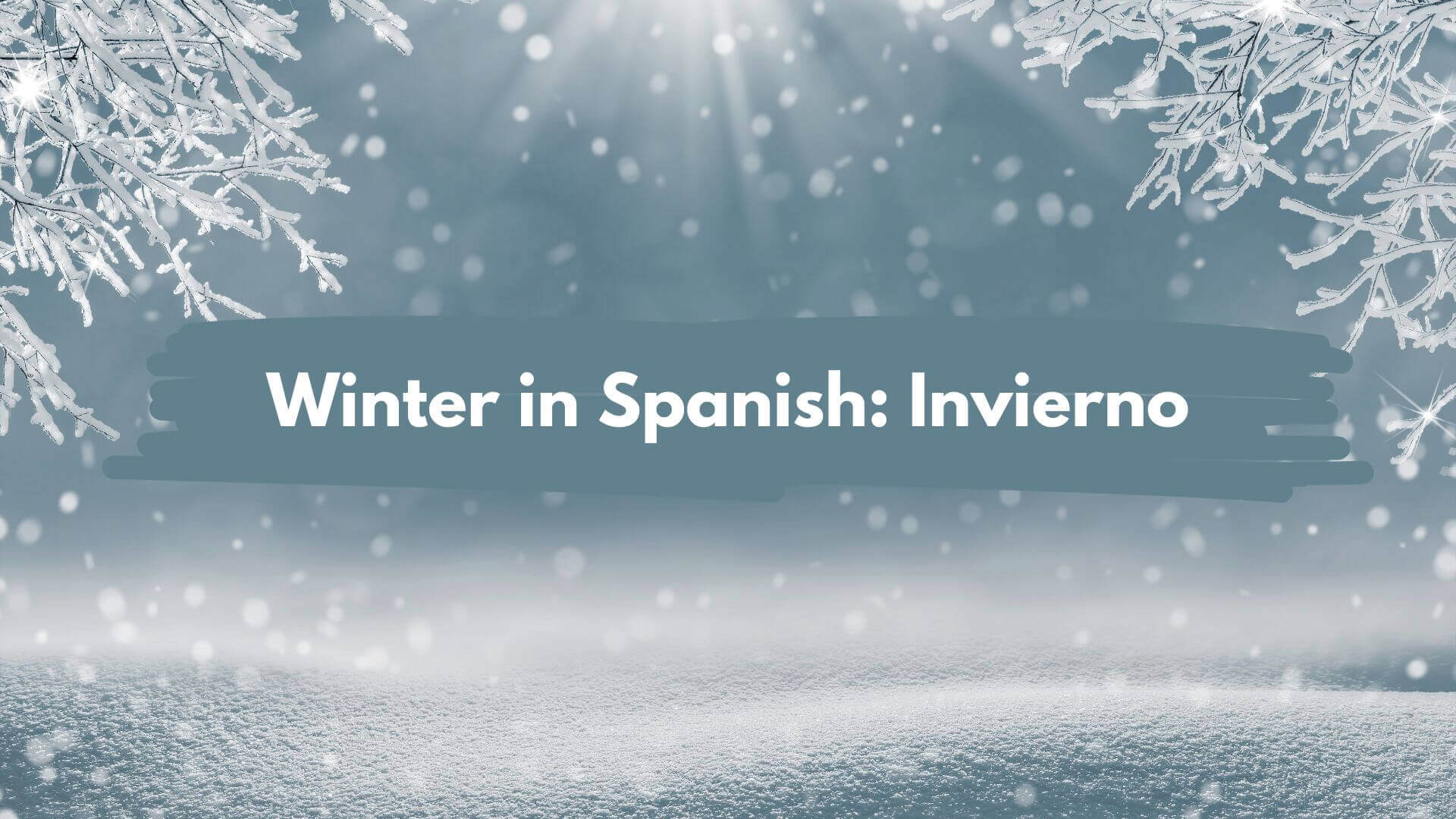When we explore the four seasons in Spanish—primavera (spring), verano (summer), otoño (fall), and invierno (winter)—we find more than new words. These seasons reflect the culture and celebrations of Spanish-speaking regions. Each season influences daily life and important holidays in Hispanic heritage. Understanding how these times of year connect with language and traditions provides insight into these communities. Let’s examine how each season shapes both the language and the spirit of the people.
Understanding the Seasons in Spanish
Understanding the seasons in Spanish means knowing their names and the cultural settings they belong to. In many Spanish-speaking areas, people talk about the four main seasons: ‘la primavera’ (spring), ‘el verano’ (summer), ‘el otoño’ (autumn), and ‘el invierno’ (winter). But in tropical places, it’s usually just the rainy season (‘la estación lluviosa’) and the dry season (‘la estación seca’). It’s also crucial to know when to use ‘la’ or ‘el’ before these season names. So, when you’re learning Spanish, pay attention to these little things—they make a big difference in understanding and speaking the language correctly.
Spring in Spanish: Primavera

Key Vocabulary and Phrases
Learning key words and phrases about ‘spring’ helps you talk about this lively season in Spanish. Words like ‘florecer’ (to bloom), ‘alegre’ (cheerful), and ‘renovación’ (renewal) really get to the heart of spring. When talking about the weather, you might say ‘hace calor’ (it’s warm) or ‘lluvias ligeras’ (light rains). Adding adjectives like ‘primaveral’ (spring-like) helps paint a fuller picture of the season.
When it comes to activities, using verbs like ‘pasear’ (to stroll) and ‘plantar’ (to plant) shows how much people love getting outdoors during spring. Knowing these words can deepen your connection with Spanish speakers as everything bursts back to life.
Cultural Significance and Holidays
In the spring, Spanish-speaking communities come alive with several holidays and cultural events. Easter and Holy Week, or ‘Semana Santa,’ are big deals. People participate in colorful parades filled with religious passion. Spring also kicks off the ‘Festival de las Flores’ in many places. Towns are decorated with beautiful flowers, showing off local pride and creativity.
On May Day, which is also Labor Day, there are various public events and demonstrations. These showcase the ongoing fight for social and labor rights. These celebrations not only add to the culture of the communities but also draw in tourists. This helps the local economy and boosts cultural understanding.
Summer in Spanish: Verano

Key Vocabulary and Phrases
To talk about summer in Spanish, you’ll need to know some key words and phrases. Words like ‘calor’ for heat, ‘sol’ for sun, and ‘playa’ for beach are all about summer. If you’re talking about the weather, you might say ‘hace calor’ to mean it’s hot or ‘el cielo está despejado’ when the sky is clear. For fun activities, you could say ‘ir a nadar’ for going swimming or ‘tomar el sol’ for sunbathing. The word ‘veraniego’ is an adjective that means something is summery, like ‘ropa veraniega’ for summer clothes. Knowing these words really helps when you’re chatting about summer.
Cultural Significance and Holidays
Summer, or ‘el verano’ in Spanish, is packed with cultural events and holidays that showcase the rich traditions of Spanish-speaking countries. Many areas hold festivals like ‘San Juan’ and ‘La Tomatina.’ These festivals bring out historical traditions and social rituals. Summer’s long, warm days are perfect for spending more time outside and getting together with family and friends.
This season is all about community. There’s also a summer tradition called ‘veranear,’ where families head to the coast to enjoy the beach. It’s a time when everyone comes together, strengthening family and community ties. This practice shows how important these seasonal celebrations are to Hispanic societies.
Also Read: How To Say “I Miss You” In Spanish: 35 Unique Ways To Express Missing Someone
Autumn in Spanish: Otoño

Key Vocabulary and Phrases
Learning key words and phrases about ‘el otoño’ helps you talk about this colorful season in Spanish. You’ll need words like ‘hojas caídas’ (fallen leaves), ‘viento fresco’ (cool wind), and ‘cosecha’ (harvest). These words bring to mind the feel of autumn. You should also know some adjectives like ‘crispante’ (crisp) and ‘ventoso’ (windy), and the verb ‘acogedor’ (cozy). They help describe what makes autumn unique.
Also, phrases like ‘los días se acortan’ (the days get shorter) and ‘cambio de color’ (change of color) really paint a picture of what happens in autumn. Talking about these changes makes your descriptions more lively and clear, whether you’re speaking or writing about the season.
Cultural Significance and Holidays
In Spanish-speaking cultures, fall brings important holidays and a deep respect for the season’s changes. Also, many countries mark their independence during this season, boosting national pride and unity. As the weather cools and leaves drop, these changes often inspire themes of renewal and reflection in art and literature. So, fall isn’t just a transition from summer’s heat to winter’s cold. It’s a time full of cultural meaning and a chance for reflection.
Winter in Spanish: Invierno

Key Vocabulary and Phrases
Talking about winter vocabulary can really help you get into the spirit of the season, especially in Spanish-speaking areas. Let’s look at some key terms: ‘frío’ means cold, ‘nieve’ is snow, ‘hielo’ means ice, and ‘tormenta de nieve’ is a snowstorm. The word ‘invernal’ describes anything that’s like winter, which is great for talking about cold weather or snowy scenes.
Now, about some verbs – ‘congelar’ means to freeze, and ‘nevar’ means to snow. These are super useful when you’re talking about the weather. Also, phrases like ‘hace frío’ (it’s cold) or ‘está nevando’ (it’s snowing) are key for chatting about the weather. Knowing these words and phrases really makes talking about winter easier and more clear, whether you’re planning activities or just describing the day.
Also Read: Ultimate Spanish Adjectives Guide To Improve Your Vocabulary Skills
Cultural Significance and Holidays
Exploring winter customs in Spanish-speaking places shows us their vibrant celebrations. In Spain, winter starts with exciting events like Christmas and New Year’s Eve. These holidays have special traditions.
For example, on December 22nd, there’s ‘El Gordo,’ a big lottery draw. On Christmas Eve, families gather for a big meal called ‘Nochebuena.’ Then in January, kids look forward to Three Kings’ Day. They get gifts, celebrating the three wise men’s visit. These celebrations bring people together, warming up the cold winter days.
Conclusion
Knowing the four seasons in Spanish—primavera (spring), verano (summer), otoño (fall), and invierno (winter)—enhances your language skills and cultural understanding. These words help you communicate effectively with Spanish speakers and connect with their traditions and seasonal events. This knowledge is essential for anyone looking to engage with Spanish-speaking communities. Keep visiting the Translation Blog to learn different languages easily.

